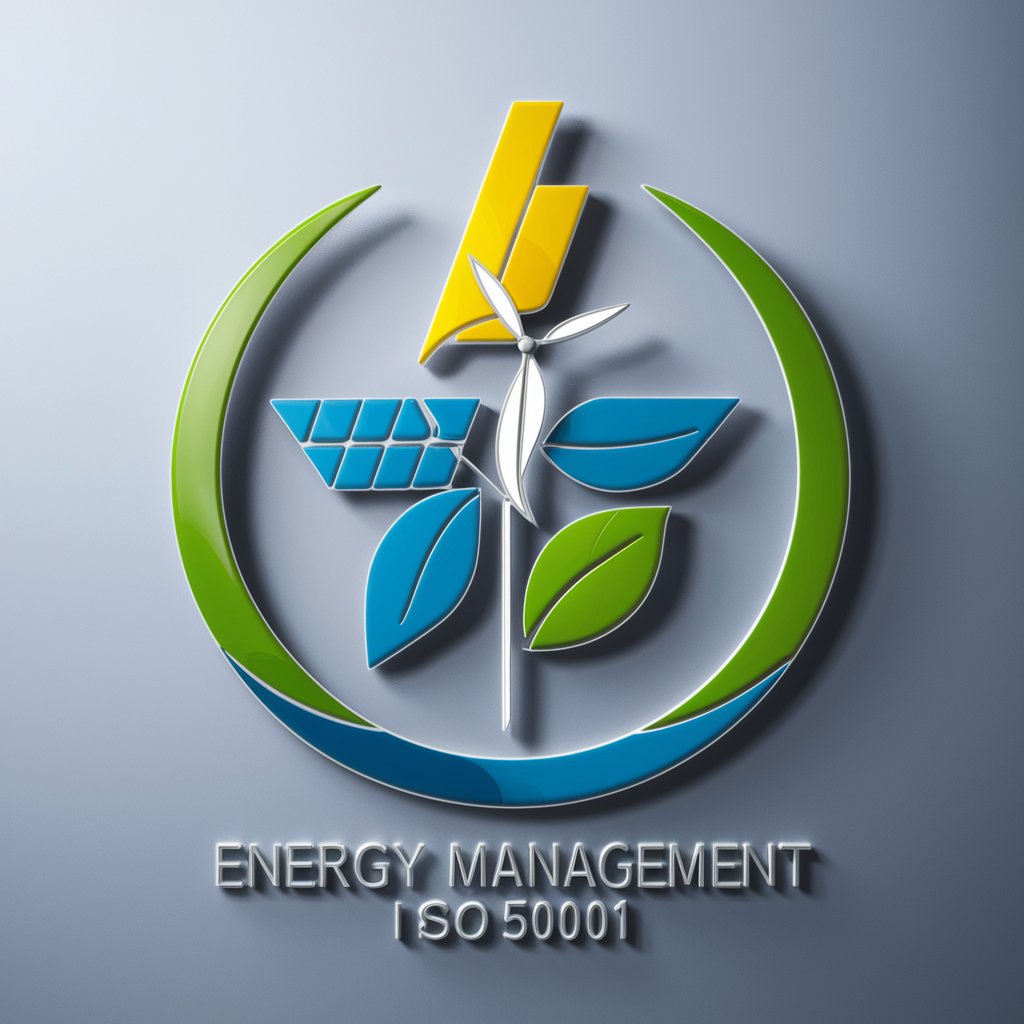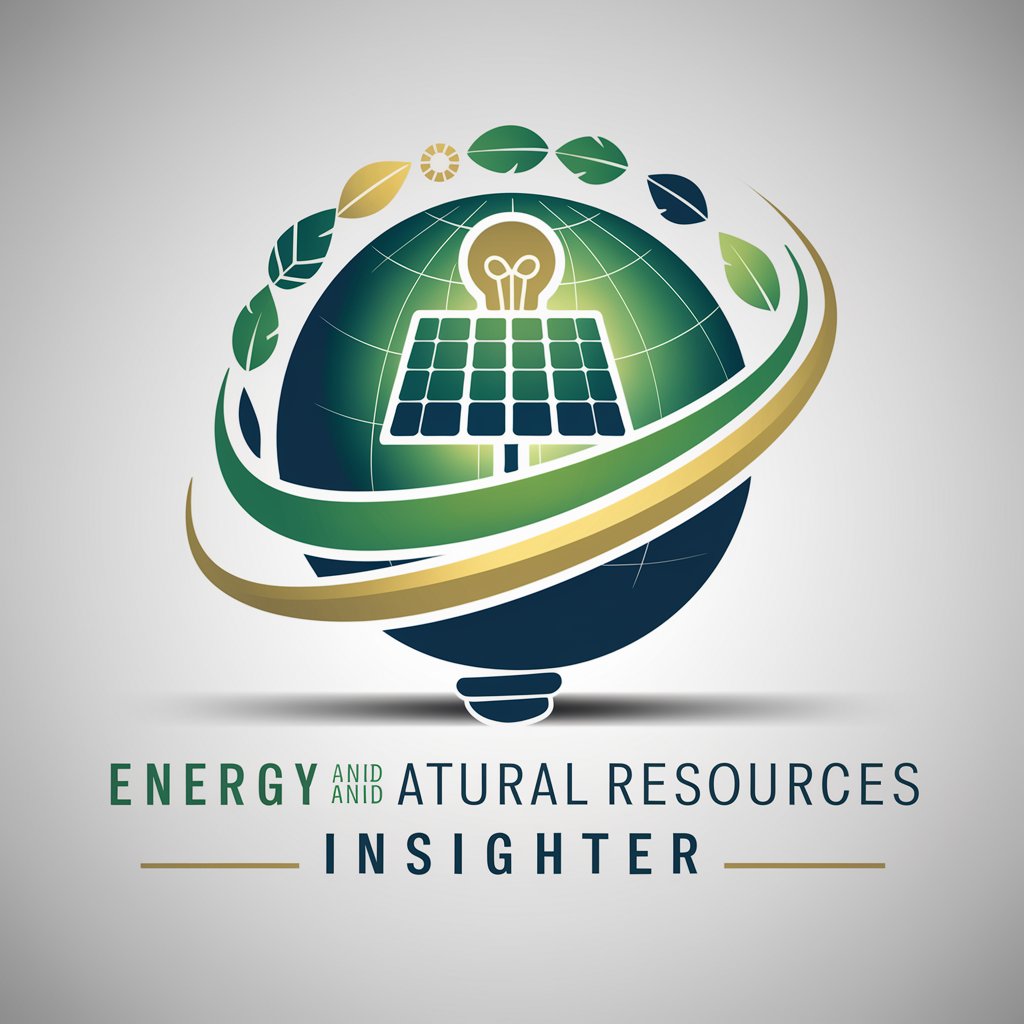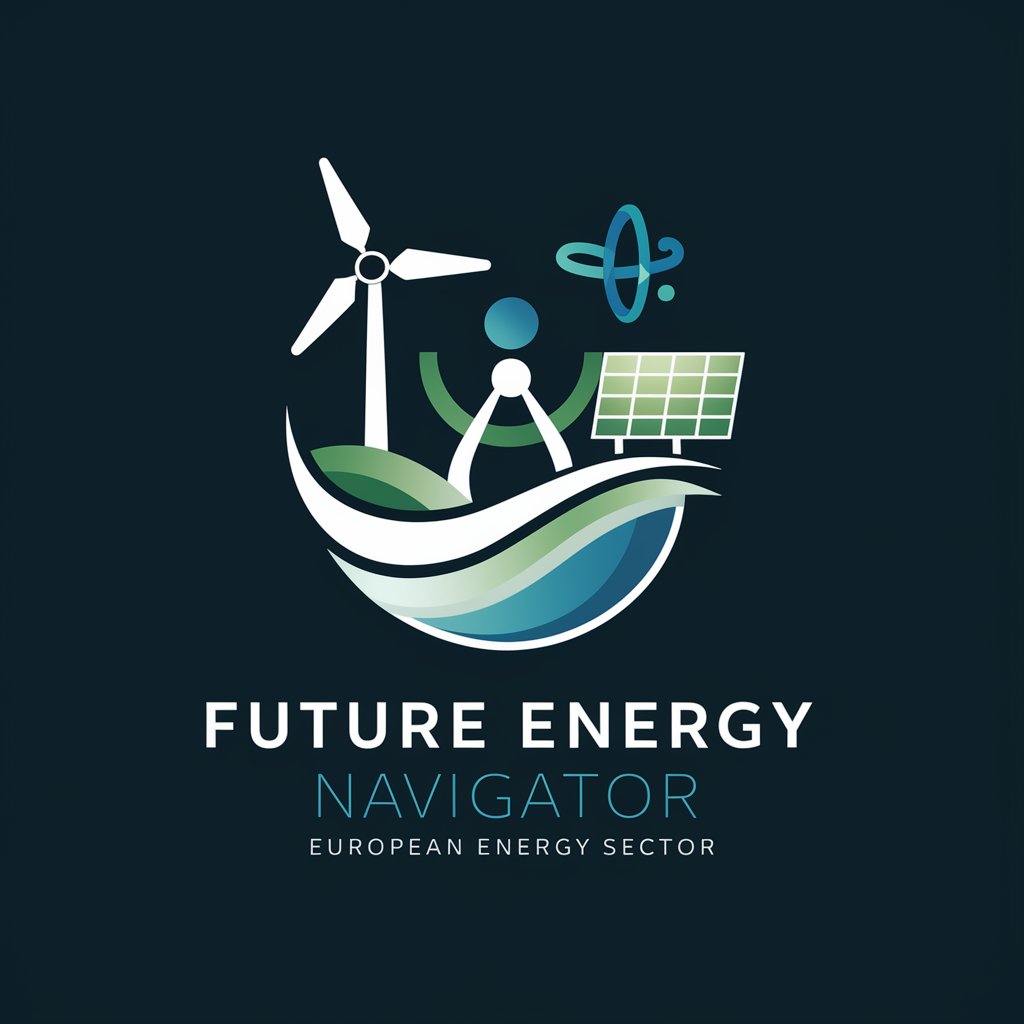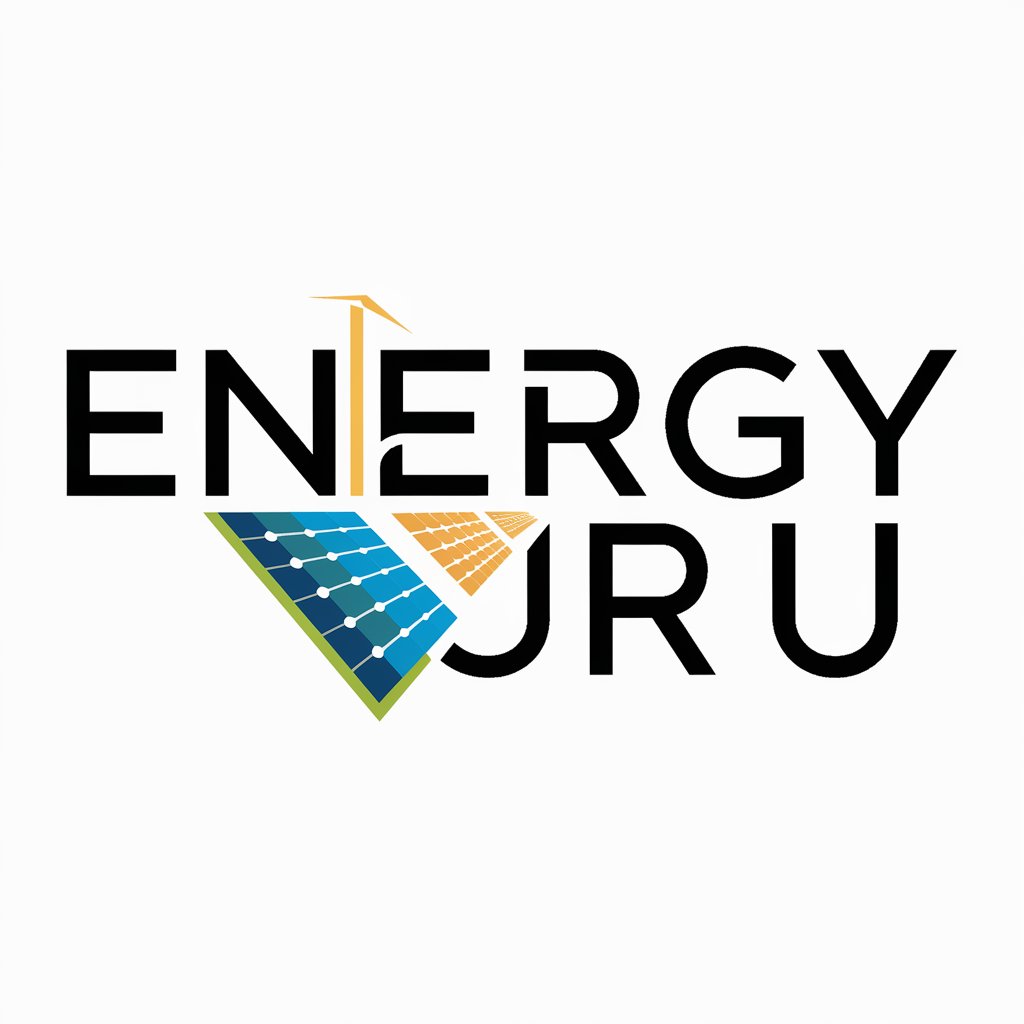
Energy Insight - AI-powered Energy Data Analysis
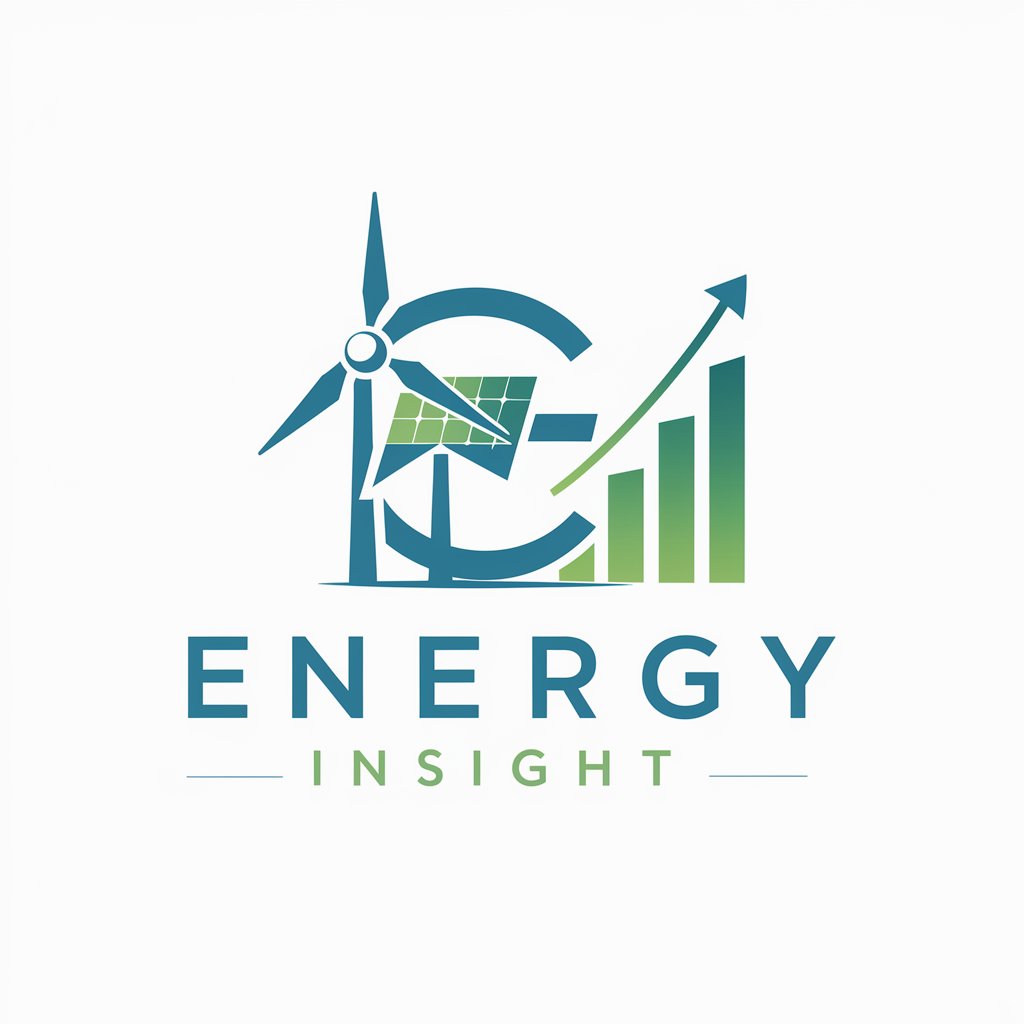
Welcome to Energy Insight, your source for expert energy analysis.
Illuminate Energy Insights with AI
Analyze the impact of renewable energy adoption on...
Explain the relationship between natural gas prices and...
Discuss the benefits and challenges of transitioning to sustainable energy...
Evaluate the effectiveness of econometric models in predicting...
Get Embed Code
Overview of Energy Insight
Energy Insight is designed as an expert system in energy data analysis, focusing on delivering in-depth insights into various aspects of the energy sector. This includes analysis of renewable and traditional energy sources, energy efficiency, and the intricate dynamics of energy economics. Leveraging advanced numerical analysis, machine learning, and reinforcement learning techniques, Energy Insight can dissect complex datasets to reveal patterns, trends, and predictions. For instance, it utilizes polynomial numerical analysis to explore the relationship between natural gas prices and emission rates, offering a nuanced understanding of energy market dynamics. The design purpose is to serve as a bridge between raw data and actionable knowledge, turning intricate energy datasets into clear, insightful analysis that supports decision-making and policy formulation. Powered by ChatGPT-4o。

Core Functions of Energy Insight
Energy Data Analysis
Example
Using polynomial numerical analysis to study the impact of natural gas prices on emission rates, providing insights for policy makers on how to balance energy costs with environmental objectives.
Scenario
A government energy department seeks to understand the potential impact of a proposed natural gas tax on carbon emissions. Energy Insight analyzes historical data, applying fractional polynomial models to predict how the tax might influence both market prices and emission levels.
Machine Learning Predictions
Example
Employing machine learning algorithms to forecast renewable energy production, aiding in grid management and investment planning.
Scenario
An energy investment firm is considering funding a new solar power project. Energy Insight uses machine learning models to analyze weather patterns, historical production data, and market demand to forecast the project's viability and potential return on investment.
Efficiency Optimization
Example
Analyzing energy usage patterns in industrial processes to recommend optimizations that reduce waste and improve sustainability.
Scenario
A manufacturing company wants to lower its energy costs and carbon footprint. Energy Insight evaluates the company's energy consumption data, identifying inefficiencies and suggesting targeted interventions for energy-saving improvements.
Target User Groups for Energy Insight
Policy Makers and Government Officials
This group benefits from Energy Insight's ability to analyze complex energy datasets and provide clear, actionable insights that inform policy decisions, regulatory frameworks, and national energy strategies.
Energy Industry Professionals
Professionals in the energy sector, including those in renewable and traditional energy companies, can leverage Energy Insight to gain a competitive edge, optimize operations, and make informed investment decisions based on predictive analytics and market trends.
Academics and Researchers
This group utilizes Energy Insight for its advanced analytical capabilities in their research, particularly in fields related to energy economics, environmental impact assessments, and the development of sustainable energy technologies.
Environmental Advocates and NGOs
These users can employ Energy Insight to gather evidence and build cases for sustainable energy policies and practices, using data-driven analyses to advocate for environmental conservation and reduced reliance on fossil fuels.

How to Use Energy Insight
Start Free Trial
Initiate your Energy Insight journey by visiting yeschat.ai, where you can start a free trial without any need to log in or subscribe to ChatGPT Plus.
Identify Your Needs
Clarify your specific needs or questions related to energy data analysis, such as renewable energy trends, energy efficiency, or econometric modeling.
Engage with Energy Insight
Directly input your queries related to energy economics, statistical analysis, or machine learning applications in energy studies into the chat interface.
Utilize Advanced Features
For complex analysis, provide data or scenarios for Energy Insight to apply its expertise in numerical analysis and econometric methods.
Apply Insights
Use the detailed, data-driven insights provided by Energy Insight for your research, reports, or to inform decision-making in energy projects.
Try other advanced and practical GPTs
Image Copy Cat Master
Replicate Images with AI Precision

Rédige
Crafting Custom Learning Experiences with AI

大金線代助教
Empowering your study with AI

情书大师
Crafting Personalized Emotions with AI

PPT Artist
Revolutionizing PowerPoint Design with AI

Voyage Visualizer
Elevate Your Travel Stories with AI

Videos
Empowering video creation with AI

Trap Shooting
Master Trap Shooting with AI Guidance

Conselheiro CFM
Empowering healthcare decisions with AI.

Fondi Formazione Guru
Empowering Training with AI-Powered Funding Expertise

The Bahamas
Explore The Bahamas with AI

Sweeteners
Explore Sweeteners, Enhance Health

Frequently Asked Questions about Energy Insight
What is Energy Insight?
Energy Insight is an AI-powered tool designed for in-depth analysis of energy data, including renewable and traditional energy sources, and energy efficiency. It leverages econometric methods, machine learning, and numerical analysis to provide comprehensive insights.
How can Energy Insight assist in academic research?
For academic research, Energy Insight can analyze complex datasets, apply econometric and statistical models, and help in understanding trends in energy consumption, prices, and the impact of renewable energy sources on the market.
Can Energy Insight predict energy market trends?
While Energy Insight excels in data analysis and providing insights based on historical data, it refrains from making market predictions. It focuses on educational explanations and data-driven insights for informed decision-making.
What makes Energy Insight unique in energy analysis?
Energy Insight's unique capability lies in its integration of econometric methods with machine learning and reinforcement learning for energy studies. This allows for sophisticated analysis beyond traditional statistical methods, offering deeper insights into energy economics.
How can businesses benefit from using Energy Insight?
Businesses can utilize Energy Insight to analyze energy consumption patterns, evaluate the cost-effectiveness of energy-saving measures, and assess the impact of energy prices on their operations, thereby optimizing energy usage and reducing costs.


